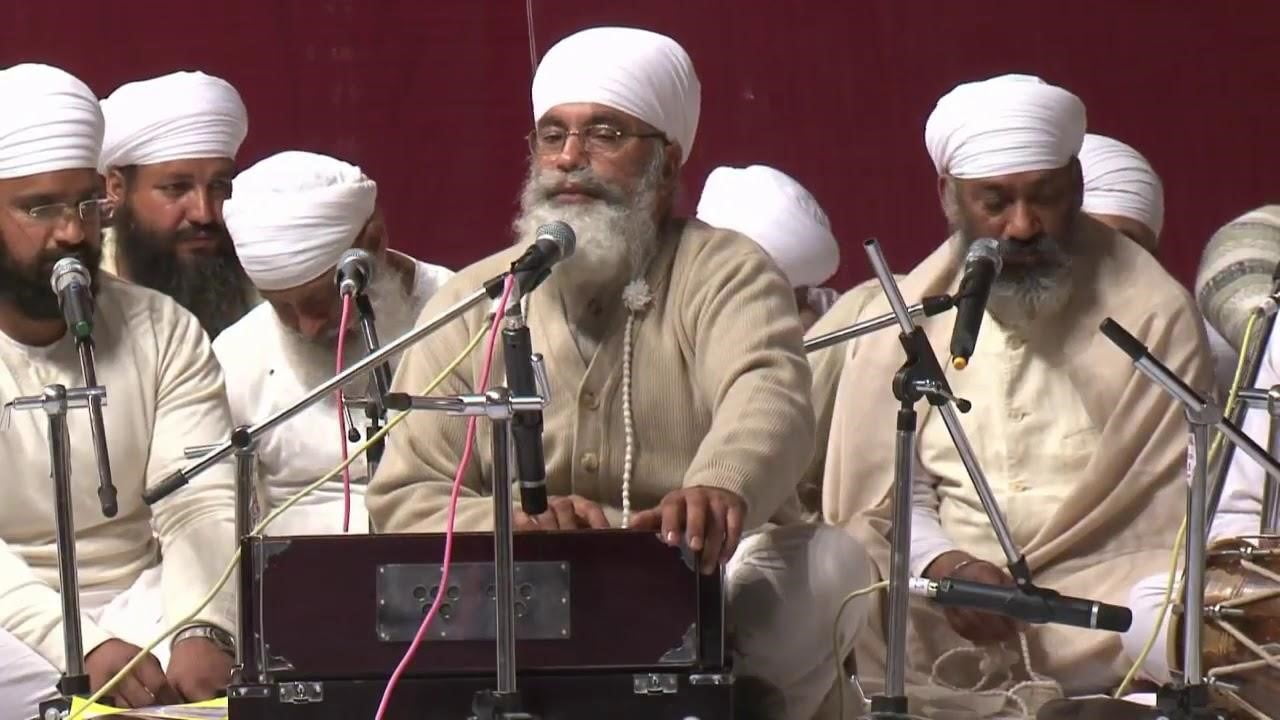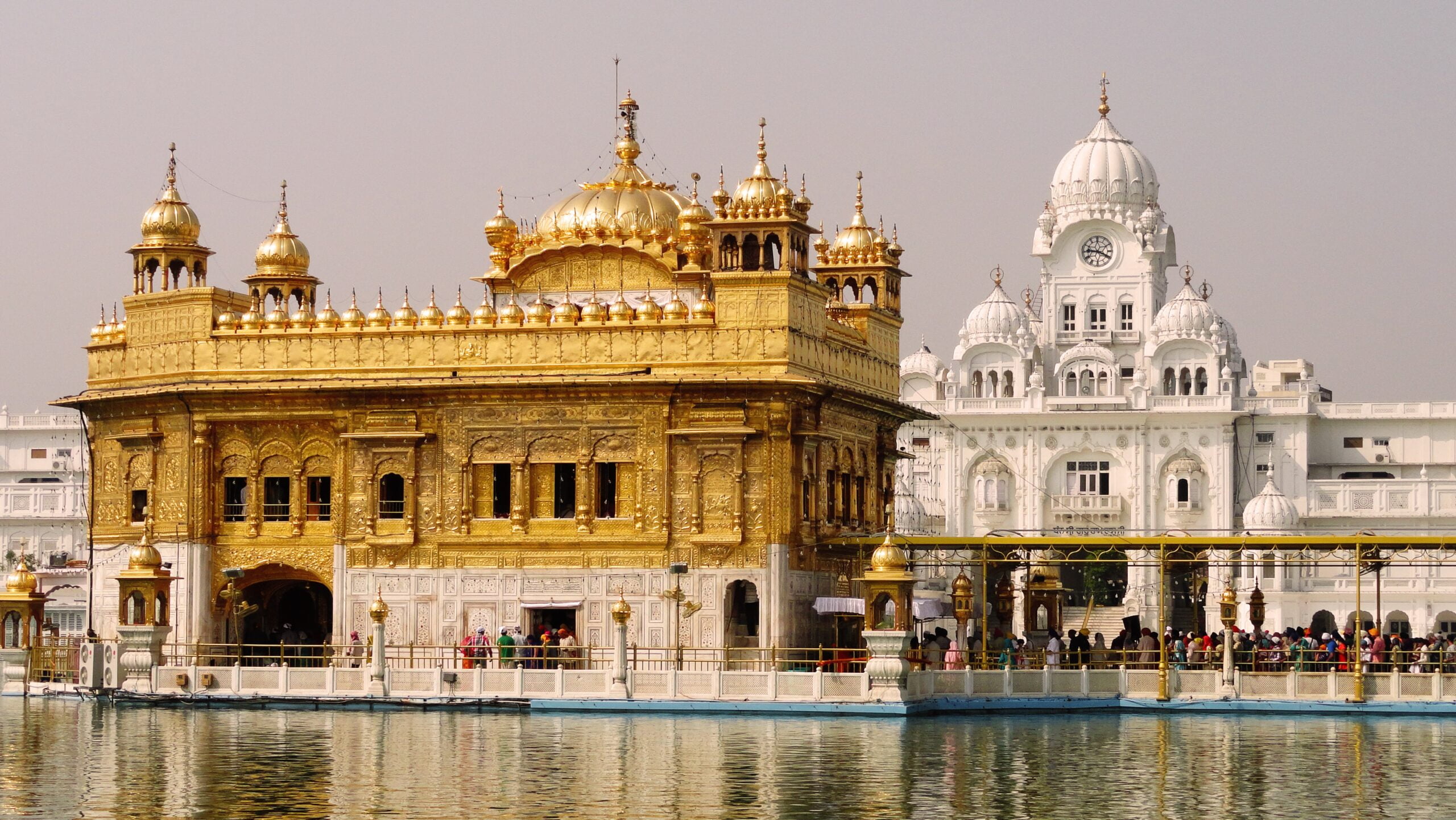When it comes to the diverse tapestry of Sikhism, one particular sect that stands out is the Nāmdhāri Sikhs. With a unique set of beliefs and practices, Nāmdhāris have carved their own path within the broader Sikh community.
Introduction-:Nāmdhāri Sikhs
Nāmdhāri Sikhs, also known as Kukas or Satnamis, emerged in the mid-19th century in Punjab, India. They have a distinctive sect within the broader Sikh community, and have a rich history and unique set of beliefs that set them apart. Originating from the Sikh tradition founded by Guru Nanak in the 15th century, the Namdharis have carved their own path within Sikhism, emphasizing specific principles and practices that distinguish them from other Sikh groups.
Historical Background:
The Nām̱dhārī sect traces its roots to the 19th century, specifically to Baba Balak Singh, who was recognized as the first Nām̱dhārī Guru. Baba Balak Singh played a crucial role in shaping the identity and beliefs of this distinct Sikh group. The name “Nām̱dhārī” itself is derived from their emphasis on the continuous remembrance (nām) of God.
Distinctive Beliefs:
They believe the lineage of Sikh Gurus did not end with Guru Gobind Singh as they recognize Balak Singh as the 11th Guru of the Sikh religion, thus continuing the succession of Sikh Gurus from Guru Nanak Dev to the present day. Satguru Balak Singh is sometimes described as more of a forerunner (अग्रदूत ) rather than as a founder of the sect. Their founder, Satguru Baba Ram Singh (12th Guru), emphasized the importance of reciting the name of God (Nām Simran) and living a righteous life. Today, Nāmdhāris are recognized for their distinct appearance, with men wearing white turbans and women donning white scarves.
The religious beliefs of Nāmdhāri Sikhs align closely with mainstream Sikhism. They believe in the concept of One God (Ik Onkar) and follow the teachings of the ten Sikh Gurus, with Guru Granth Sahib serving as their holy scripture. The Adi Granth (“First Volume”), the divine holy book of Sikhism, and the Dasam Granth (“Tenth Book”), a work compiled by the followers of the 10th Guru, Gobind Singh, are held in equal regard by Namdharis. However, Nāmdhāris have their own lineage of spiritual leaders, known as Satgurus, who guide their community.
Distinctive Practices:
While the broader Sikh community reveres the Guru Granth Sahib as the eternal Guru, Nāmdhāris also hold their Satgurus in high esteem. They believe that their Satgurus are divinely appointed and provide spiritual guidance to their followers.
Aside from their religious practices, Nāmdhāri Sikhs are known for their social activism and commitment to humanitarian causes. They actively participate in community service, promoting education, healthcare, and environmental conservation.
Their religious attire includes white robes, and they often wear turbans. The use of the title “Satguru” for their spiritual leaders is another distinguishing feature.
It is important to note that Nāmdhāri Sikhs are a relatively small sect within the broader Sikh community, but their unique beliefs and practices make them a significant part of Sikhism’s rich tapestry.
In conclusion, Nāmdhāri Sikhs are a distinct sect within Sikhism. They share many core beliefs with mainstream Sikhism, such as the belief in One God and the teachings of the ten Sikh Gurus. However, Nāmdhāris also have their own lineage of spiritual leaders, known as Satgurus, who provide guidance to their community. Their commitment to social activism and humanitarian causes further distinguishes them within the Sikh community. Overall, Nāmdhāri Sikhs contribute to the vibrant diversity of Sikhism and its rich religious heritage.
Sanatani Sikhs: Their Gurus and Holy Book
Thank you for reading this post, don't forget to subscribe!



